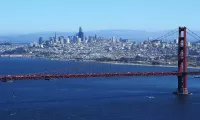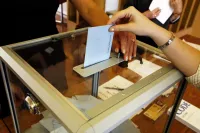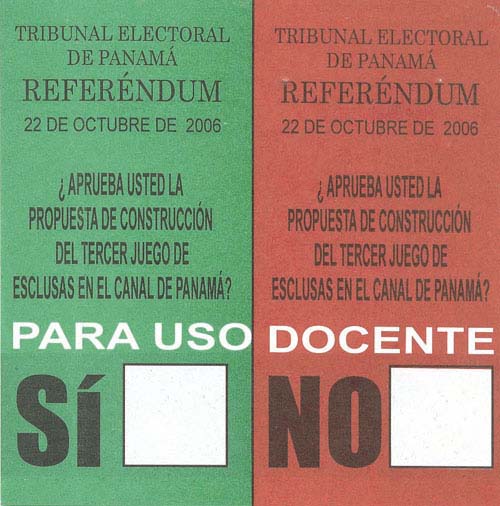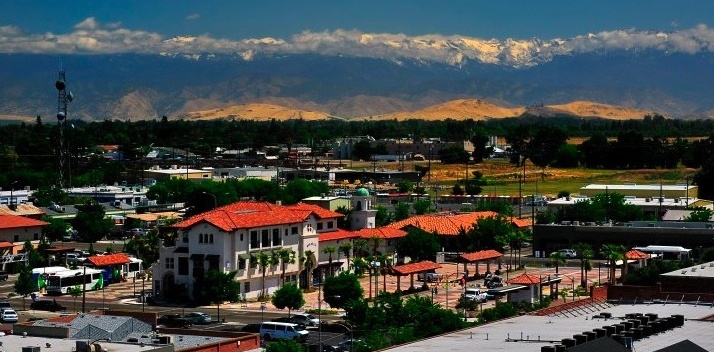Visalia, California, located in the San Joaquin Valley, is a significant agricultural hub. With a population of 141,384 in 2020, it ranks as the fifth-most populous city in the valley and the 38th in California. As the county seat of Tulare County, Visalia serves as the economic and governmental center for the region. It plays a crucial role in supporting one of the nation's most productive agricultural counties.
May 7, 1900: Accident on Visalia and Tulare railroad
On May 7, 1900, an accident with a wandering calf on the Visalia and Tulare railroad injured several people.
October 1900: Railroad ceased operations
By October 1900, the Visalia and Tulare railroad ceased operations due to competition and an accident in May.
1904: Visalia Electric Railroad Incorporated
In 1904, the Visalia Electric Railroad was incorporated, marking the beginning of its operations.
1906: VE Operational
The Visalia Electric Railroad (VE) became operational from 1906 and ran eastward from the city.
January 5, 1913: Record low temperature
On January 5, 1913, Visalia recorded its coldest temperature at 15 °F (−9 °C).
July 18, 1925: Record high temperature
On July 18, 1925, Visalia recorded a temperature of 115 °F (46 °C), which is the highest temperature ever recorded in the city.
July 26, 1931: Record high temperature
On July 26, 1931, Visalia recorded a temperature of 115 °F (46 °C), which is the highest temperature ever recorded in the city.
August 12, 1933: Record high temperature
On August 12, 1933, Visalia recorded a temperature of 115 °F (46 °C), which is the highest temperature ever recorded in the city.
October 1933: Fact-finding committee in Visalia
In October 1933, Visalia was the site of a fact-finding committee appointed by Governor James Rolph to investigate labor violence during the San Joaquin cotton strike. Labor activist Caroline Decker led hundreds of strikers in a march on the courthouse and led the questioning of strikers during the investigation.
1946: Visalia Rawhide Inception
Since their inception in 1946, the Minor League Baseball team, Visalia Rawhide, have played their home games at Valley Strong Ballpark.
1971: Valley Oak Ordinance adopted
In 1971, Visalia adopted the Valley Oak Ordinance, regulating the pruning and removal of valley oak trees to preserve the urban forest.
1990: VE Abandoned
In 1990, the Visalia Electric Railroad (VE) line was abandoned and pulled up east of Exeter.
1992: Southern Pacific sold line to SJVR
In 1992, Southern Pacific sold the rail line serving Visalia to the San Joaquin Valley Railroad (SJVR).
1994: Portion of Rail Line Abandoned
In 1994, the portion of the rail line through Visalia, originally built by the San Francisco and San Joaquin Valley Railroad, was abandoned and removed.
January 25, 1999: Greatest snowfall recorded
On January 25, 1999, Visalia experienced its greatest recorded snowfall of 2 inches (5.1 cm).
2000: 2000 Census Results
The 2000 census recorded Visalia's population at 91,565 people, with 30,883 households and 22,901 families residing in the city.
2002: Lawsuit Threat
In 2002, the City of Visalia had been threatened with a lawsuit from a network of civil-rights attorneys claiming the city violated the California Voting Rights Act.
2006: Pollution Ranking
In 2006, the American Lung Association ranked Visalia as the 11th-most polluted city in the country concerning short-term and year-round particle pollution.
2006: Racial Composition
The racial composition of Visalia was determined in the 2006 American Community Survey.
2006: European Ancestries
The top ten European ancestries of Visalia were determined in the 2006 American Community Survey.
2007: Pollution Ranking
In 2007, the American Lung Association ranked Visalia as the fourth-most polluted city in the country concerning short-term and year-round particle pollution.
2008: Pollution Ranking
In 2008, Visalia was ranked as the third-most polluted city in the country and fourth for highest year-round particulate pollution.
2008: Racial Composition
The racial composition of Visalia was determined in the 2008 American Community Survey.
2008: European Ancestries
The top ten European ancestries of Visalia were determined in the 2008 American Community Survey.
2009: Amgen Tour of California in Visalia
In 2009, Visalia served as a host city for the Amgen Tour of California, a significant cycling event.
2009: Rawhide Team Name
In 2009, the Visalia minor league baseball team adopted the name Rawhide.
2010: Amgen Tour of California in Visalia
In 2010, Visalia served as a host city for the Amgen Tour of California, continuing its involvement in the cycling event.
2010: Visalia Population in 2010
In 2010, the United States census reported that Visalia had a population of 124,442.
March 5, 2012: City Council Vote
On March 5, 2012, the Visalia City Council voted to put on the November 2012 ballot an initiative to change the way that Visalia voters elect their city council.
November 2012: Initiative Passage
In November 2012, an initiative was passed to change the way Visalia voters elect their city council.
November 2012: Visalia City Council Elections
Until the November 2012 elections, Visalia voters elected at large the five-member City Council that serves as the city's legislative and governing body.
2015: V-Line Unveiled
In late 2015, city officials unveiled the V-Line, a bus service that connects Visalia and Fresno, with amenities such as free WiFi and charging ports. The bus fare is $10 each way and discounted fares are available for students, seniors, and disabled riders.
November 2016: District Elections
As of the November 2016 elections, Visalia holds district elections in which the candidates must live in one of the five areas (or "districts") forming the city, and only residents of that area cast their votes.
2020: Visalia Population in 2020
In 2020, the United States census reported that Visalia had a population of 141,384 residents.
2020: Population of Visalia in 2020
In 2020, the census recorded Visalia's population as 141,384, making it the fifth-most populous city in the San Joaquin Valley.
2021: Rawhide organized into Low-A West
In 2021, the Rawhide were organized into the Low-A West at the Low-A classification as part of Major League Baseball's restructuring of Minor League Baseball.
2022: Low-A West became California League
In 2022, the Low-A West became known as the California League, reverting to the name historically used by the regional circuit before the 2021 reorganization, and was reclassified as a Single-A circuit.
June 2023: Top Employers
According to the city's June 2023 Comprehensive Annual Financial Report, details on top employers in the city are available.
2023: Median Household Income
In 2023, the US Census Bureau estimated that the median household income in Visalia was $79,952, and the per capita income was $33,910. About 8.8% of families and 11.3% of the population were below the poverty line.
Mentioned in this timeline
The United States of America is a federal republic located...
California is a U S state on the Pacific Coast...

San Francisco is a major commercial financial and cultural hub...

An election is a structured decision-making process where a population...

Voting is the formal process of expressing preferences for officials...
Trending

54 minutes ago David Byrne rocks San Francisco, subtly swipes at ICE, discusses 'Who Is the Sky?'

54 minutes ago Sacha Baron Cohen Spotted With Influencer Amidst Divorce Reflections From Isla Fisher

54 minutes ago Russian Drone Attack Ignites Gas Tanker Blaze Near NATO Border After US Gas Deal

55 minutes ago James Franco discusses Hollywood exile during his hiatus, brother Dave comments on his success.

55 minutes ago Cynthia Erivo and Lena Waithe's Relationship Timeline and Affair Rumors Addressed.
55 minutes ago Fairfest Media Acquires WTE Miami, Expanding Global Travel Trade Influence in the U.S.
Popular

XXXTentacion born Jahseh Dwayne Ricardo Onfroy was a controversial yet...

Chuck Schumer is the senior United States Senator from New...

Candace Owens is an American political commentator and author known...

Bernie Sanders is a prominent American politician currently serving as...

Cristiano Ronaldo often nicknamed CR is a Portuguese professional footballer...

Charles James Charlie Kirk was a prominent American right-wing political...
